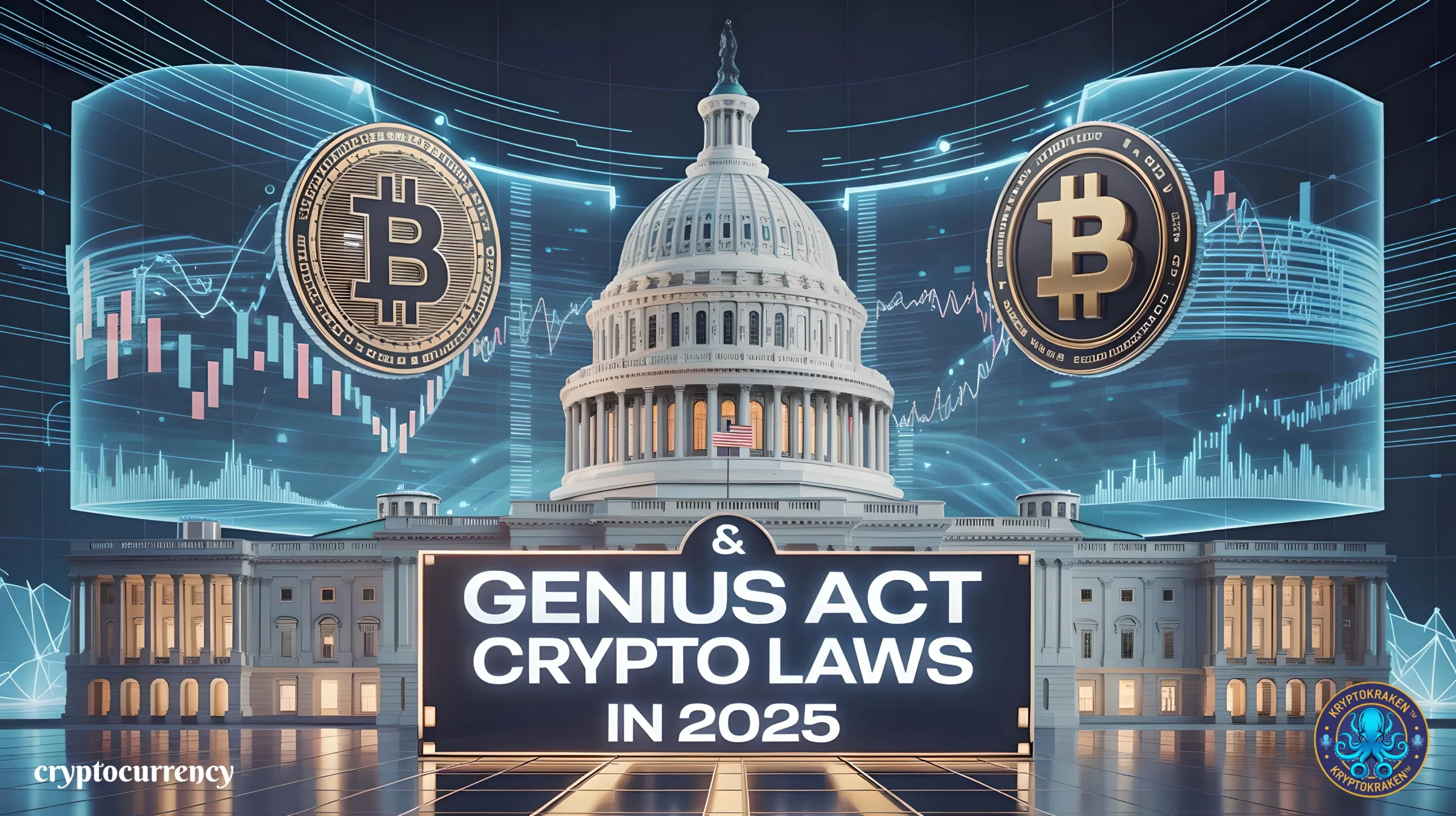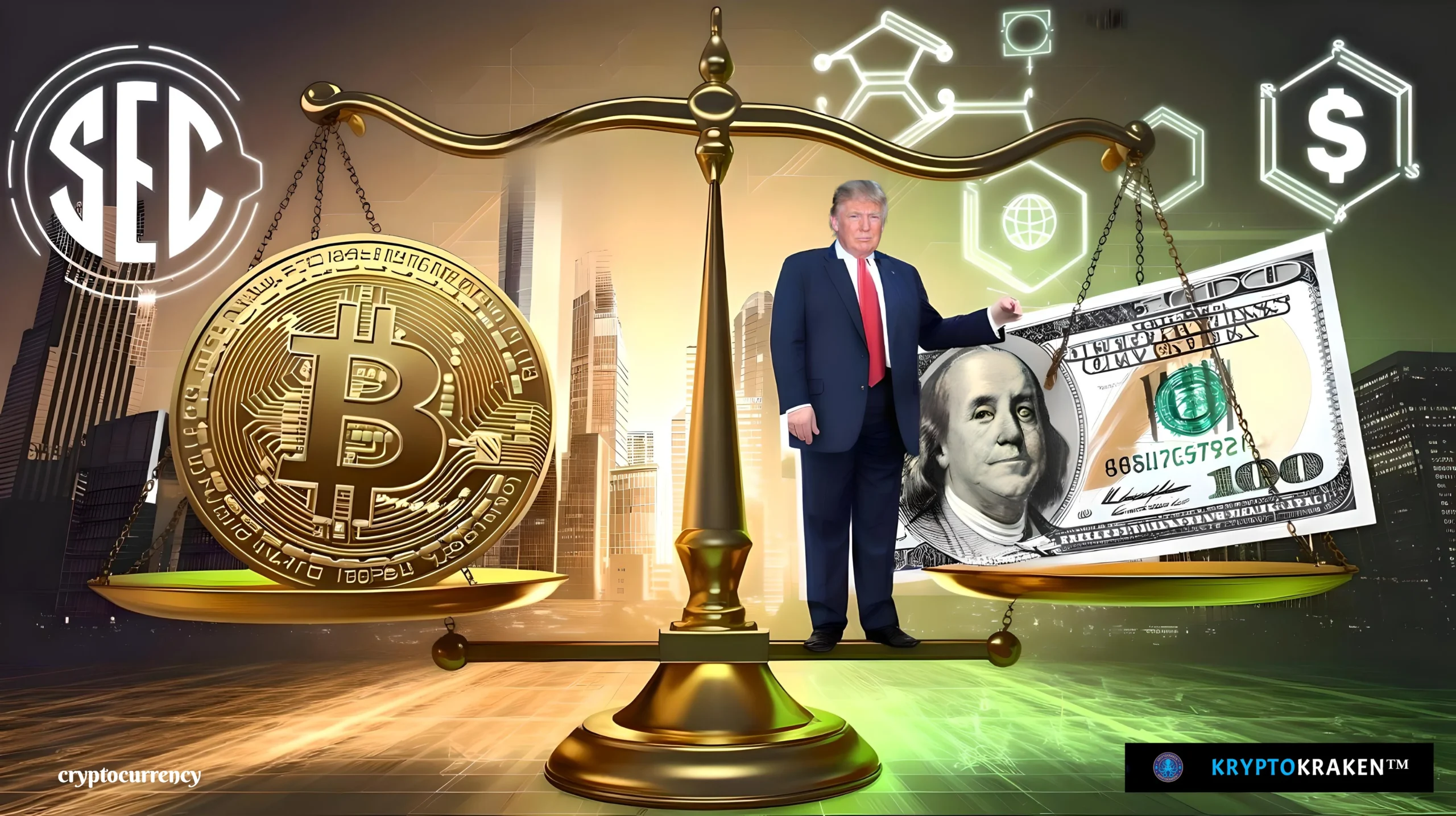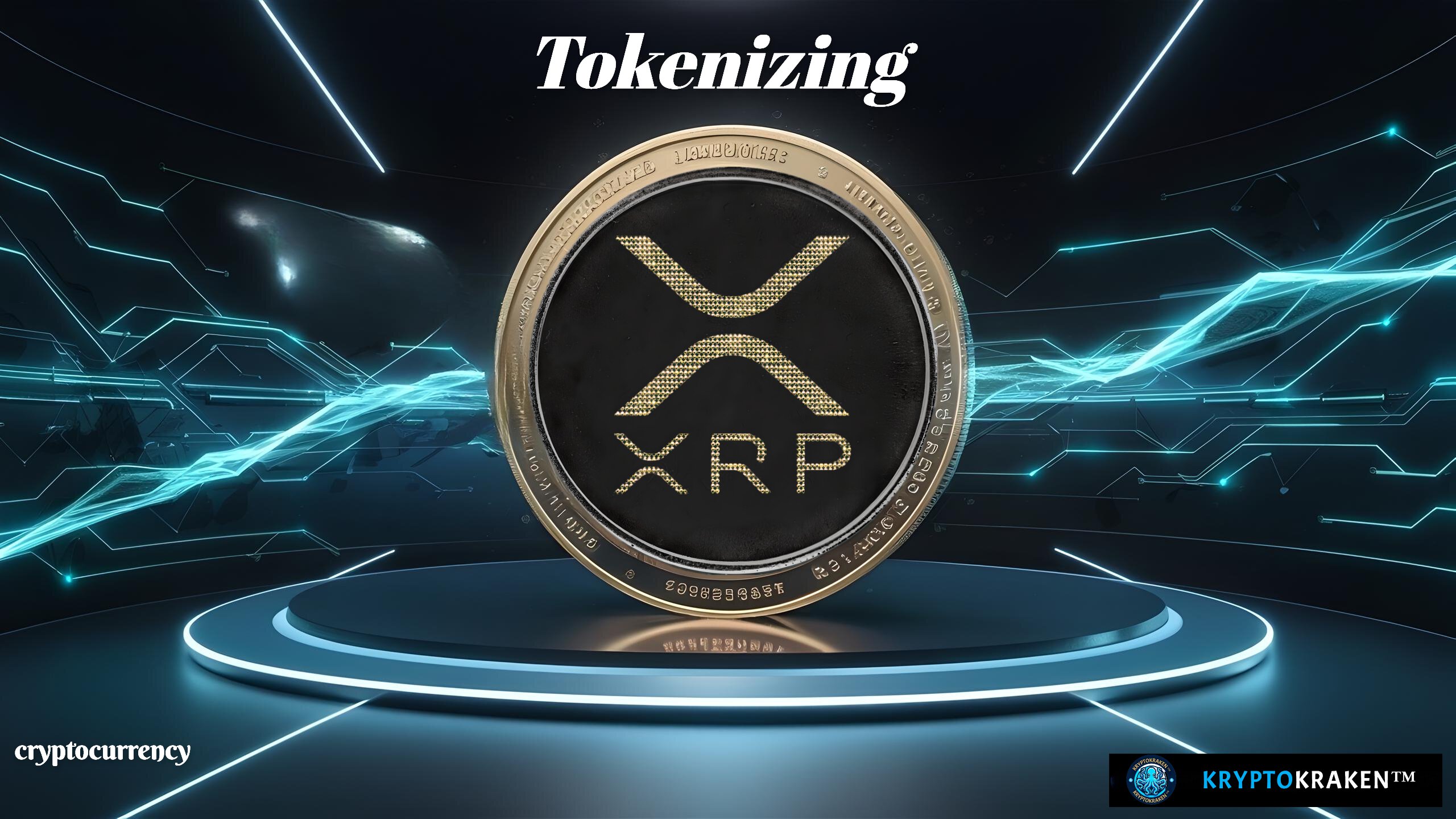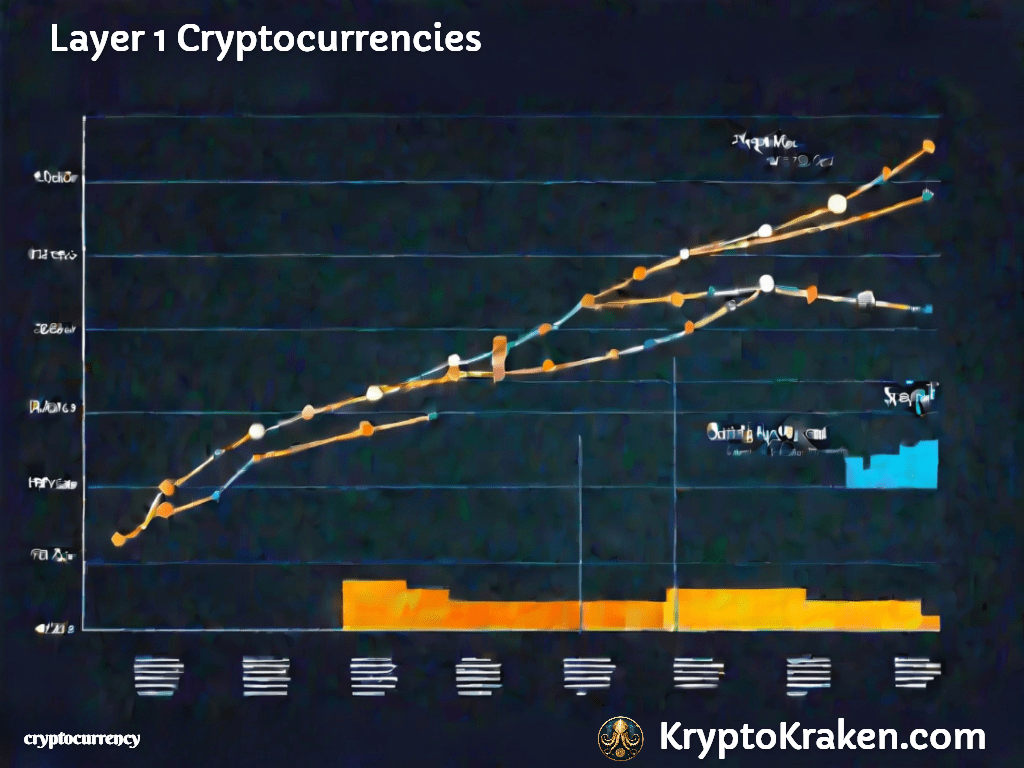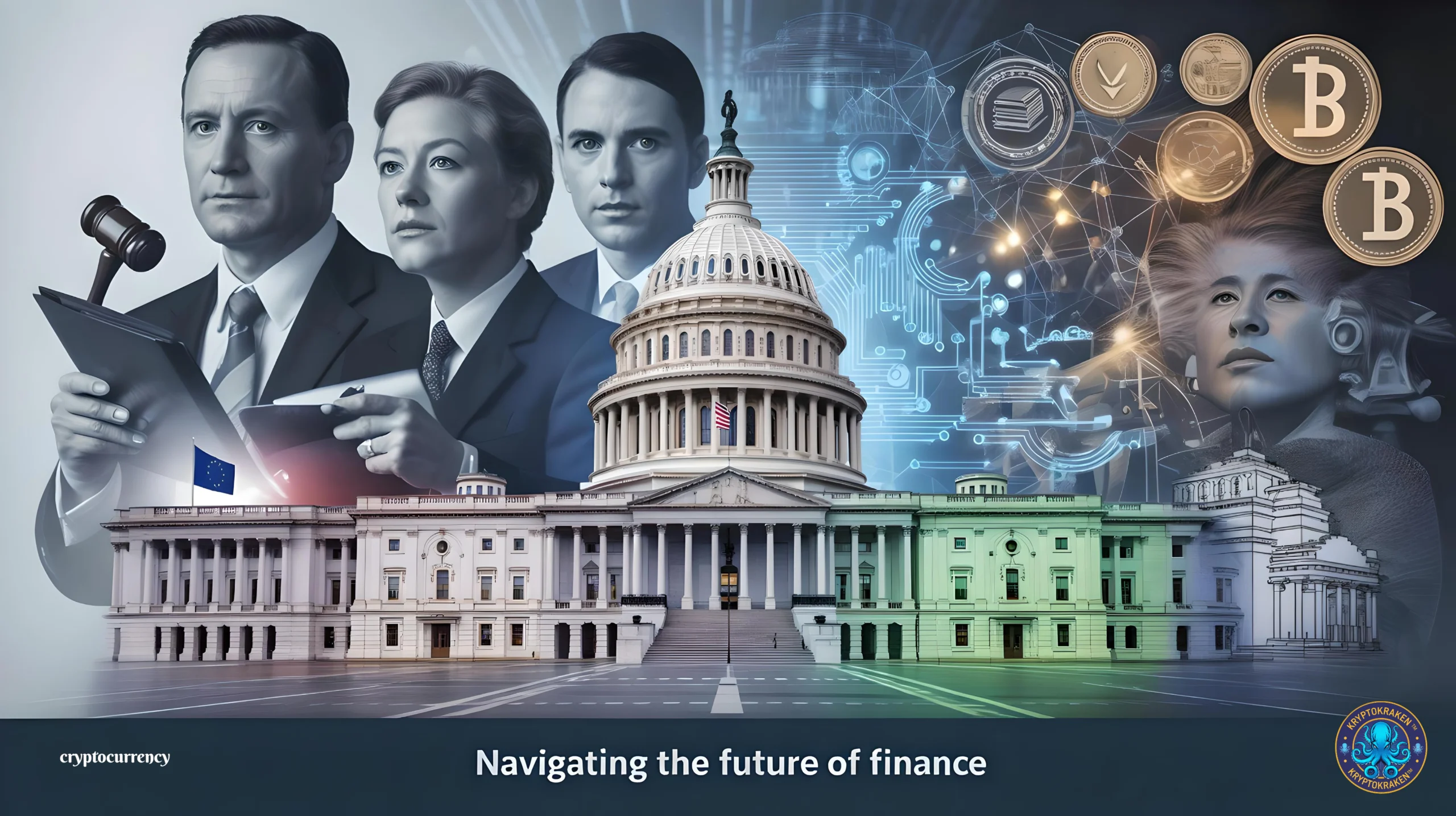
- June 3, 2025
- Dennis Frank
- 0
Table of Contents
Congress Moves Toward Stablecoin Legislation
After years of debate, U.S. lawmakers are closer than ever to establishing federal rules for stablecoins – cryptocurrencies designed to maintain a stable value. In mid-2023, the House Financial Services Committee advanced the Clarity for Payment Stablecoins Act in a bipartisan vote. That bill, led by Rep. Patrick McHenry, proposed a framework for payment stablecoin issuers, though it stalled amid disagreement with the Senate and the White House.
Now, in 2025, Congress is redoubling efforts. The House has introduced the Stablecoin Transparency and Accountability Act (STABLE Act), while the Senate is moving forward with the Guiding and Establishing National Innovation in U.S. Stablecoins Act (GENIUS Act). Both bills share a common goal: to create a federal oversight regime for dollar-backed stablecoins, requiring issuers to maintain high-quality reserve assets and redeem tokens one-for-one for U.S. dollars.
Notably, the GENIUS Act spearheaded by Senator Bill Hagerty easily cleared a procedural Senate vote in May 2025 with broad support – a key step toward final passage. Lawmakers from both parties, and even the new presidential administration, have signaled that cementing stablecoin rules is a priority to ensure U.S. leadership in digital assets. Should Congress reconcile the House and Senate proposals in the coming weeks, the United States could soon join other jurisdictions in codifying how stablecoins can be issued and regulated.
SEC’s Crackdown and Evolving Stance
In parallel with legislative progress, federal regulators have been actively asserting their authority over crypto markets – sometimes in conflicting ways. Under former Chairman Gary Gensler, the Securities and Exchange Commission (SEC) took an aggressive enforcement approach.
In 2023 the SEC filed high-profile lawsuits against major cryptocurrency exchanges including Binance and Coinbase, alleging they operated unregistered securities platforms and offered crypto tokens that should be regulated as securities. The SEC also didn’t shy away from targeting stablecoins: in February 2023, it issued a Wells notice to Paxos (issuer of Binance USD) suggesting that BUSD was an unregistered security. Around the same time, the New York Department of Financial Services – a state regulator – ordered Paxos to halt new issuance of BUSD.
And in another landmark case, the SEC charged Terraform Labs and its founder Do Kwon with fraud, arguing that their collapsed TerraUSD stablecoin was sold as an unregistered security, wiping out $40 billion in value when it lost its peg. These actions underscored the SEC’s view (at least under Gensler) that many digital assets beyond just Bitcoin fall under securities laws, including certain stablecoins.
However, recent developments indicate a potential shift toward clarity. In April 2025, the SEC’s Division of Corporation Finance issued a Statement on Stablecoins declaring that fully-reserved, dollar-redeemable stablecoins are not being treated as securities. This new guidance – essentially a safe harbor for “Covered Stablecoins” – says that a USD-pegged stablecoin backed 1:1 by high-quality reserves and redeemable on demand does not constitute an investment contract or note under federal securities law. The SEC staff emphasized such stablecoins are meant as “digital dollars” for payments or storage of value, not for speculative profit.
This clarification marked a notable pivot from the regulation-by-enforcement approach; it provides relief to issuers like Circle (USDC) or Tether (USDT) that meet the strict reserve and redemption criteria. Crypto observers have welcomed the move as ending uncertainty over whether the SEC would label mainstream stablecoins as securities. Meanwhile, leadership at the SEC is also changing.
The newly appointed SEC Chair in 2025, Paul Atkins, has criticized the prior approach for “fostering regulatory uncertainty” and indicated the agency will work on clearer rules rather than solely enforcement. Together, the policy guidance and new leadership suggest the SEC is easing its stance on compliant stablecoins even as it continues to pursue fraud and unregistered offerings elsewhere in crypto.

CFTC and Treasury: Commodities, Currency and Compliance
Jurisdictional overlap has been a recurring theme in U.S. crypto regulation. The Commodity Futures Trading Commission (CFTC), which oversees commodities and derivatives, has long viewed certain cryptocurrencies as commodities – and that extends to stablecoins. CFTC Chairman Rostin Behnam stated in 2023 that fiat-backed stablecoins like USDC, USDT, and BUSD should be considered commodities subject to CFTC oversightl. He noted the agency’s 2021 enforcement action against Tether – where the CFTC fined Tether $41 million for misleading claims that its stablecoin was fully backed – as part of the legal analysis supporting this view. Behnam’s stance directly conflicted with Gensler’s SEC, highlighting the turf war between agencies.
In practice, the CFTC has primarily used its anti-fraud and anti-manipulation powers in crypto, such as suing exchanges like BitMEX and Binance for derivatives violations, and punishing stablecoin issuers for false statements. But without an explicit mandate from Congress, the CFTC’s authority over spot stablecoins remains implicit. The pending legislation in Congress could help resolve this by clearly assigning oversight (one proposal would give the Federal Reserve primary oversight of big stablecoin issuers, with the OCC or state regulators supervising others. Until then, the CFTC continues to assert jurisdiction when stablecoin activities resemble commodities markets, even as it collaborates with the SEC and banking regulators on broader policy.
Other federal agencies have weighed in on stablecoins from the angles of financial stability and illicit finance. The U.S. Treasury Department – including the Financial Stability Oversight Council (FSOC) chaired by the Treasury Secretary – has repeatedly warned that stablecoins could pose systemic risks if widely adopted without safeguards. FSOC’s 2023 annual report urged Congress to enact comprehensive stablecoin legislation, lest regulators be forced to step in using existing authorities.
Federal Reserve officials likewise have pointed out that stablecoins, if not properly regulated, could undermine financial stability or monetary policy. Fed Chair Jerome Powell told lawmakers that having a robust federal framework for stablecoins is a “good idea” and a prerequisite if stablecoins are to be part of the payments system. Bank regulators (the Fed, OCC, and FDIC) have also taken a cautious stance: they’ve allowed banks to offer custody for crypto and to hold stablecoin reserves, but only with strict oversight. In early 2023, the Fed denied a crypto bank’s application partly due to its stablecoin issuance plans, and regulators issued guidance that holding or issuing stablecoins presents novel risks to be managed under banking laws.
Importantly, the Treasury’s enforcement arm – FinCEN – oversees anti-money-laundering (AML) compliance in crypto. FinCEN has already applied the Travel Rule to large crypto transactions, requiring exchanges to collect and share customer information for transfers above $3,000. It also floated a controversial rule in late 2020 that would have required exchanges to KYC any self-hosted wallet involved in withdrawals over $10,000. That proposal met fierce resistance and was formally withdrawn in 2024, seen as a win for privacy advocates.
Still, Treasury continues to monitor stablecoin use in illicit finance – for example, noting that North Korean hackers laundered stolen crypto through decentralized exchanges and stablecoins. The agency has sanctioned mixers and wallets involved in illicit flows, indirectly pressuring stablecoin issuers to maintain controls (as seen when Circle froze USDC funds linked to sanctioned addresses). In a sign of the times, the new administration in 2025 even issued an Executive Order on digital assets, directing regulators to prioritize a workable framework for “lawful, legitimate dollar-backed stablecoins” within 180 days. All these actions underscore that beyond investor protection, stablecoins are being scrutinized for their impact on the broader financial system and national security – bringing agencies like Treasury, the Fed, and even the White House into the fold.
Patchwork Progress at the State Level
While federal policymakers iron out a national approach, several U.S. states have forged ahead with their own crypto regulations, including rules that affect stablecoins. New York has been at the forefront: its Department of Financial Services (NYDFS) has long required crypto firms to obtain a “BitLicense” and in 2022 issued specific stablecoin guidance mandating that any stablecoin issued by a New York-regulated entity be fully backed by reserve assets and subject to independent audits. This ensured, for instance, that Paxos’s U.S. dollar stablecoins under NYDFS oversight had 100% reserves on hand. New York’s tough stance was evident in the BUSD case, where NYDFS’s order halted new issuance of the stablecoin pending regulatory concerns. Other states are following suit in different ways.
California, home to many crypto startups, passed a sweeping Digital Financial Assets Law in October 2023 that will require crypto exchanges and digital asset companies to be licensed by the state starting in July 2025. That law (akin to a California version of the BitLicense) includes oversight of stablecoin activities and consumer protection rules. California’s approach is significant given the size of its economy, and it may influence federal lawmakers or other states.
A few states have even more novel initiatives. Wyoming, known for its crypto-friendly laws, authorized in 2023 the creation of a state-issued stablecoin. Under the Wyoming Stable Token Act, a commission can issue a token (informally dubbed “WyoStable” or WST) fully backed by U.S. Treasury assets, with reserves held in a segregated trust. If launched, this would be the first state-government-issued stablecoin in the U.S., intended to facilitate efficient local payments.
In Nebraska, legislators passed the Nebraska Financial Innovation Act, which, among other digital asset provisions, set some ground rules for stablecoin issuers operating in the state. On the other hand, many states have not written stablecoin-specific rules, instead relying on existing money transmitter laws. This patchwork of state regulations has created uneven compliance requirements. Crypto companies argue it underscores the need for a uniform federal law – one reason Congress has been pushed to act. But until federal rules arrive, states like New York and California will continue to enforce their standards, influencing how stablecoin issuers and crypto exchanges do business across the country.
International Developments Provide Contrast
Globally, regulation of stablecoins and crypto has accelerated, often outpacing U.S. efforts and providing models (or cautionary tales) for American policymakers. In the European Union, the landmark Markets in Crypto-Assets (MiCA) regulation was passed in 2023, making the EU one of the first jurisdictions with a comprehensive crypto law. MiCA includes a strict regime for stablecoins (termed “asset-referenced tokens” and “e-money tokens” in EU parlance).
As of June 30, 2024, MiCA’s stablecoin rules are in force, requiring any significant stablecoin issuer targeting EU users to be licensed, to hold ample reserves, and to cap the volume of stablecoins in circulation if necessary. These rules compel transparency and audits – for example, issuers of euro-pegged or USD-pegged coins in Europe must publish reserve reports and meet security and liquidity criteria. By the end of 2024, the broader MiCA framework will apply to crypto asset service providers across EU member states. The U.S., by comparison, has had to watch major stablecoin companies consider moving operations to jurisdictions with clearer rules. Some U.S. lawmakers cite MiCA as a competitive spur for the U.S. to finally enact its own crypto regulations.
The United Kingdom is also moving fast. In 2023, the UK government amended its financial services laws to bring “digital settlement assets” – essentially stablecoins – into the scope of payments regulation. The Financial Services and Markets Act 2023 empowers UK regulators (the Prudential Regulation Authority and Bank of England) to oversee stablecoin payment systems. The UK is now finalizing rules for stablecoin issuers to be authorized similar to e-money institutions, with requirements for capital, liquidity, and consumer redemption rights.

Across Asia, approaches vary but momentum is clear. Japan implemented a legal framework effective in 2023 that recognizes stablecoins as digital money. Under Japan’s law, stablecoins must be linked to the yen or another fiat currency and can only be issued by licensed banks, trust companies, or registered money transfer agents, with redemption at face value guaranteed. This conservative approach was motivated by consumer protection – Japan acted swiftly after the TerraUSD collapse to ensure no algorithmic or unbacked stablecoins could proliferate there.
Hong Kong, aiming to be a crypto hub, fast-tracked its own Stablecoin Bill, which passed in May 2025 to create a new licensing regime for fiat-backed stablecoin issuers. Hong Kong’s regulations will mandate that any stablecoin in the city be fully backed and issuers maintain sound governance, or else cease operations. Even global standard-setters have weighed in: the Financial Stability Board (FSB) in 2023 issued recommendations for all jurisdictions to subject stablecoins to bank-like supervision if they scale, and the Bank for International Settlements has coordinated discussions on how central bank digital currencies (CBDCs) might coexist with private stablecoins.
These international developments both influence and contrast with the U.S. regulatory posture. On one hand, the proactive frameworks abroad put pressure on U.S. regulators not to fall behind in governing a technology that underpins a growing slice of global finance. U.S. crypto proponents worry about innovation drifting to Europe or Asia if American rules remain unclear.
On the other hand, the cautious and sometimes restrictive rules elsewhere (such as banning interest on stablecoin balances, or limiting who can issue them) also inform Congress on potential pitfalls. U.S. officials have repeatedly said they don’t want a “race to the bottom” globally – they prefer to set high standards, aligning with allies on preventing regulatory arbitrage. As the Biden and now Trump administrations have both found, striking the right balance is challenging: encourage beneficial innovation in blockchain and cryptocurrency while containing risks to consumers and the financial system.
A New Era of Crypto Oversight on the Horizon
The regulatory winds in Washington are undeniably shifting toward clearer oversight of stablecoins and the broader crypto market. The flurry of activity – from Congress drafting laws, to the SEC refining guidance, to states and international bodies establishing rules – suggests that the era of largely unregulated stablecoins is ending. For crypto users and companies, this brings a mix of relief and new obligations. Greater regulatory clarity could spur mainstream adoption of stablecoins for payments and commerce, especially if issuers are seen as safer under bank-like supervision.
It could also open doors for traditional financial institutions to enter the space with their own stablecoin offerings or integration of stablecoins (for example, fintech firms partnering with banks to issue compliant coins). At the same time, regulation may raise compliance costs and limit some of the freewheeling models of the past – algorithmic stablecoins or those seeking to pay interest might struggle to fit into the forthcoming rules, for instance.
For now, crypto markets are watching the next steps closely. Will a federal stablecoin law land on the President’s desk this year, and how soon would it take effect? How will agencies like the SEC and CFTC coordinate roles once new laws are in place? Another question is how U.S. regulators will treat stablecoin issuers based overseas – for example, if a European-regulated stablecoin seeks U.S. customers, will it be welcomed under equivalent standards or still face barriers?
The dialogue between U.S. and international regulators is likely to intensify as each tries to harmonize oversight in this borderless industry. What’s clear is that U.S. officials no longer view stablecoins as a niche internet curiosity; they see a form of private money with significant implications. From the perspective of crypto enthusiasts, the hope is that sensible regulation will legitimize stablecoins and crypto, allowing innovation to flourish under a safety net of law.
The coming months will be pivotal in determining whether the U.S. can craft a regulatory regime that both protects consumers and keeps the country competitive in the evolving digital asset economy. As stablecoins move from the fringes to the mainstream of finance, the U.S. government’s actions now will shape the trajectory of the crypto industry for years to come – and all signs point to a watershed moment on the horizon.








